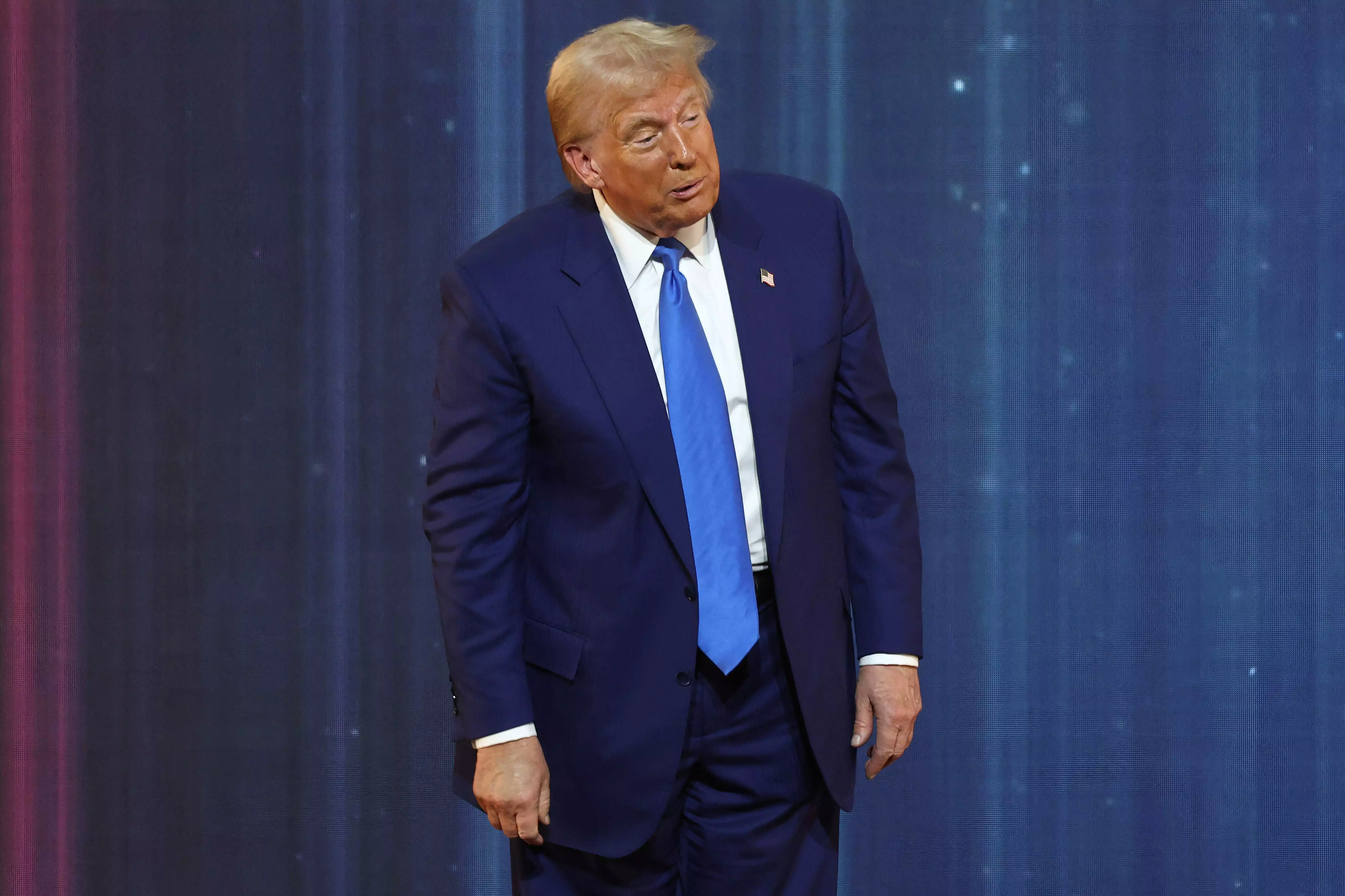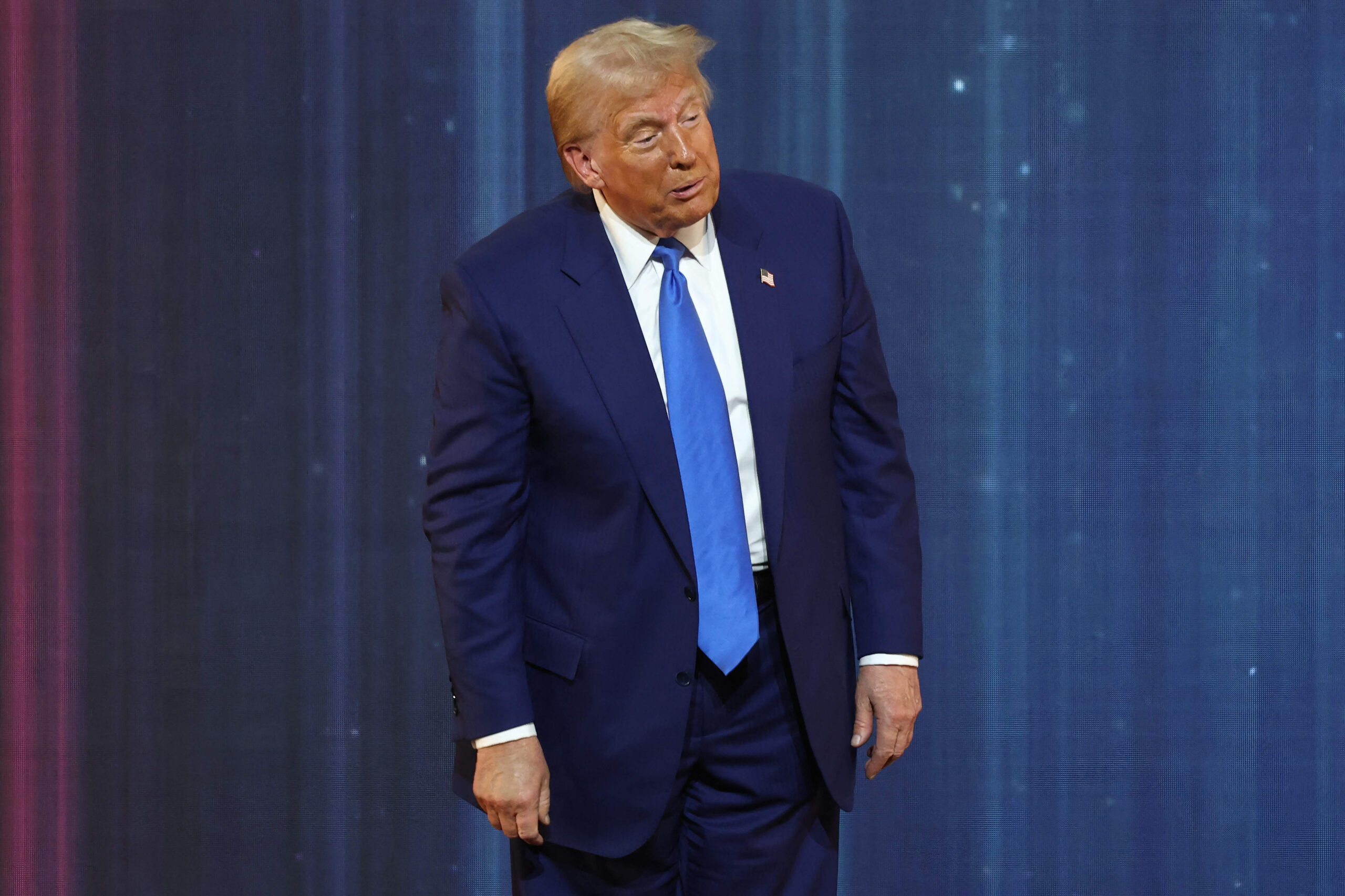
Long before he enters the White House on January 20, 2025, US President-elect Donald Trump has already created global tremors over his plans to implement a “Universal Baseline Tariff” on imports after assuming office. Mr Trump has signalled that he’s a man in a hurry, but his repeated harping on plans to “Make America Great Again” (MAGA) is an acknowledgment that the United States is no longer “great”. To do so, he has identified tariffs as the first effective “baby-step” to deter those he believes are inflicting damage on US global trade, with the deficit soaring to unacceptable levels. Mr Trump feels he has no choice but to fix the imbalance in US trade and markets.
What is a tariff? In short, it’s a tax imposed by governments on imported goods. All nations must collect taxes for revenue generation for their projects and programmes. In legal terms, it’s “a schedule or system of duties imposed by a government on imported or exported goods”; but in the United States, tariffs are imposed only on imported goods. That said, Mr Trump’s acute feeling is that the US was “robbed” by some of his own countrymen in the past and the Communist Party of China (CPC) dictator, who together pumped up the trade deficit to an unacceptable level of hundreds of billions of dollars. Mr Trump has vowed to bring American industry back to its glory days and curb the entry of cheaper foreign goods, damaging his country’s production line and people’s consumption habits.
Mr Trump campaigned to impose stiff duties on some identified adversarial elements like China. He wants to impose an across-the-board 25 per cent tariffs on all imports from Canada and Mexico, and an extra 10 per cent on all Chinese goods. Mr Trump has rung the bell for a fresh US-China conflict, beyond the usual combat zone of physical violence. How ironic can things turn from friend to foe?
Over two decades ago, soon after the launch of the US “global war on terror” following the September 11, 2001 terror attacks on America, China entered the World Trade Organisation on December 11, 2001. Thus, as the US started spending dollars to crush “terror”, China slyly entered the terror-struck psyche of the US backyard in its quest for dollar revenues. The US got bogged down in the quagmire of the terror war for two decades, while China filled the vacuum to enter the world trade system and got a virtual free pass away from the American gaze.
Today, however, a closer look at Mr Trump’s talk on future tariffs on a bigger canvas reveals a rather complicated scenario. The World Bank 2022 data shows that the percentage of customs and other duties in America’s total revenue collection was only 3.241 per cent. It was $80 billion in 2022 and $97 billion in 2023. In comparison, the individual income-tax share stood at 45.3 per cent; followed by social insurance tax 21.9 per cent, consumption tax 15.7 per cent, property tax 10.6 per cent and corporate tax 6.5 per cent. In this situation, will Mr Trump be able to hike the share of tariffs on imported goods to double figure percentage and maintain the balance between economic growth and a possible slowdown due to the reduced compulsive consumption demand for cheap Chinese goods with which millions of Americans have got used to over three decades?
These figures show that tariffs/import duties haven’t been a priority for the laissez-faire economics of US capitalism as the primary source of state revenues. This despite the fact that the first US treasury secretary, Alexander Hamilton, was firm on “using tariffs to develop nascent industries” to establish his country on a firm commercial basis in 1790. Over 234 years later, Mr Trump modified the 18th century “tariff” slogan with an escape route at his October 2024 Chicago rally: “There are no tariffs… All you have to do is build your plant in the US and you don’t have any tariffs”. No wonder Mr Trump trumpets himself as a deal-maker! He appears to be throwing carrots to foreign companies to “invest directly in the US to gain tariff-free access to its consumer markets”.
One may wonder at this small window amid Mr Trump’s tariff threats. Could it be an indication of a possible change of mind, or something else? In my view, tariffs can’t be a one-step solution for the American economy. Tariffs are an indirect tax, not a direct tax like income-tax. History shows that while a developed economy depends more on direct taxes than tariffs, it is the opposite for less developed or weak economies. The US, being a developed nation, must weigh all the pros and cons before imposing indiscriminate tariffs on foreign or imported goods. If it is to “protect” domestic manufacturers against foreign competition, as Mr Trump claims, it will also lead to “retaliatory” tariffs by those under pressure to make trade concessions. That will not help American exports.
The worst-case scenario, however, could be “anti-dumping” tariffs or duties designed to prevent foreign business from artificially lowering their prices and gaining unfair advantages outside their bona fide market. On several occasions, incidentally, India has introduced anti-dumping duties, and the latest could be on the cheap and inferior Chinese steel which is swamping India’s domestic markets and damaging indigenous steel producers.
Where will then Mr Trump’s potential tariff imposition act, as a combination of “protective”, “preferential” and “anti-dumping duties”, lead to MAGA? Will Donald Trump’s MAGA, like Chinese President Xi Jinping’s Belt and Road Initiative (BRI), be the two rivals’ respective strategic tools to strengthen their own positions, or will they continue to try to destroy the opponent? Only time will tell. But for now, it’s the internal economy and polity of the United States and the external power play of the People’s Republic of China which will reach out far and wide to influence small, weak, but strategically located countries.
Nothing can be said for sure in the few weeks left before Mr Trump takes charge of the US government, except to expect the unexpected and await unpredictable outcomes. But one thing is certain. Making deals with China or the 27-nation European Union cannot have a uniform formula. There have to be different tariffs with varying terms for different terrains, and that is unlikely to be easier said than done for either the US or its perceived rivals, competitors or partners. A mini trade war could be a prelude to a mega one.
